The UK intends to increase the fleet size beyond the 48 F-35 aircraft it has already ordered.
The Defence Command Paper released today, titled ‘Defence in a Competitive Age‘, states:
“The Royal Air Force will continue to grow its Combat Air capacity over the next few years
as we fully establish all seven operational Typhoon Squadrons and grow the Lightning II
Force, increasing the fleet size beyond the 48 aircraft that we have already ordered. Together they will provide a formidable capability, which will be continually upgraded to meet the threat, exploit multi domain integration and expand utility.
The Royal Air Force will spiral develop Typhoon capability, integrate new weapons such as the UK developed ‘SPEAR Cap 3’ precision air launched weapon and invest in the Radar 2 programme to give it a powerful electronically scanned array radar. We will integrate more UK weapons onto Lightning II and invest to ensure that its software and capability are updated alongside the rest of the global F 35 fleet.”
There had been concerns previously that the F-35 fleet would be capped at 48.
The Sunday Times reported that the UK was to purchase only 48 F-35B jets, down from 138. An excerpt from this article states.
“An order for 90 more F-35 Lightning combat jets is to be cancelled in favour of the Tempest fighter, built in Lancashire, while 24 older Typhoon fighters will be retired early. Whole fleets of aircraft will be taken out of service as drones become ever more common.”
This defence review was previously described by Boris Johnson as the largest review of its kind since the Cold War.


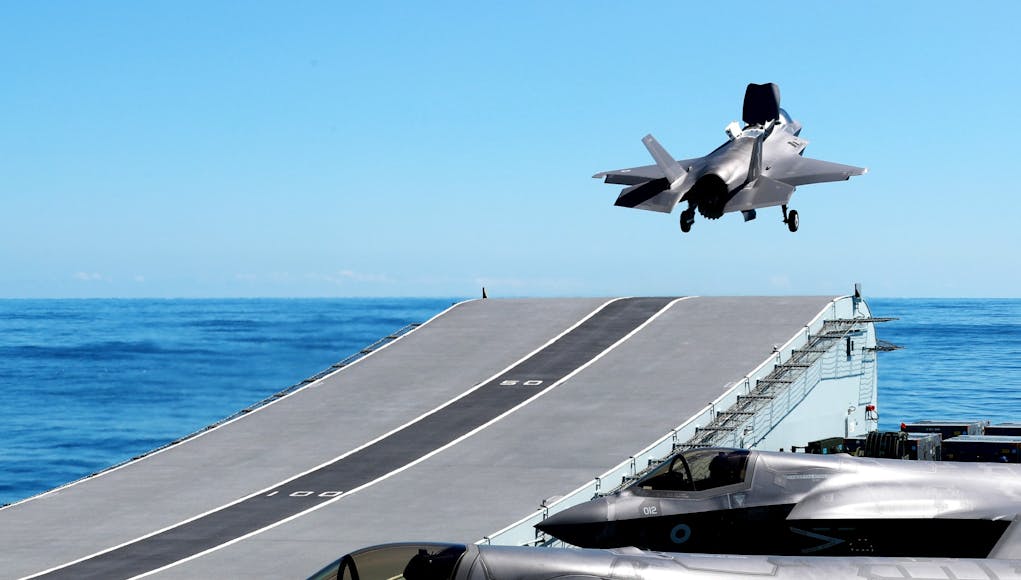
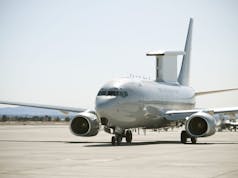
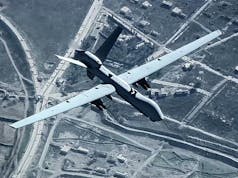
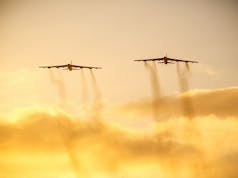
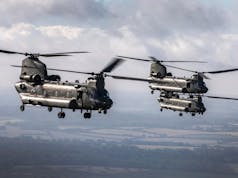
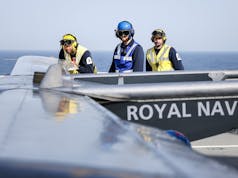
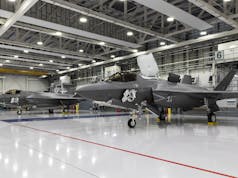
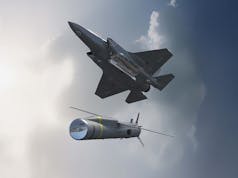

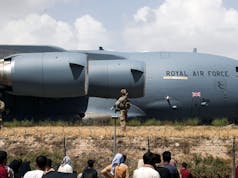


Excellent news for our F35 fleet.
So it could be 49!
Come on John, it’s going to be 50, that way they can say they are moving from aircraft numbers in the 40s to aircraft numbers in the 50s…… it’s all about the optics.
Its a fair cop guv, but society is to blame.
right you are John, your using that old cherry are you. I blame Reagan, Thatcher and Gorbachev…if they had managed to keep the Cold War ticking over like all the other self respecting leaders before them we would still have a good solid defence budget.
You are jumping to conclusions. I fully supported the reductions under “options for change”. I played a tiny, tiny role in SDR 1998, which I believe struck the right balance between global deployable credible forces suitable for a P5 UN member state & saving money for redeployment to schools, hospitals, road ,rail, etc. I do not want to go back to cold war levels, but I think, even now, SDR 1998 was a good compromise.
From memory, the first tranche of Typhoons were reprieved from an earlier planned retirement so that they could carry out air defence duties in the UK and allow later tranche aircraft to carry out ground attack duties in the Middle East. With operations against ISIS much slower now, cutting tranche one makes sense.
also, to fulfil the need for a modern and high performance aggressor aircraft which hawk t1 couldn’t meet. so i wonder which squadrons will be disbanded and whether they will later stand-up on F35B?
This is probably political if HMG hasn’t briefed this to the US Government as yet. BAEs work on the F35 mid sections could be at risk particularly if the US don’t procure all the F35s they originally planned which is rumoured in some US trade magazines.
The new Radar under development sounds really promising. A joint feasibility study with the Japanese it will be the first airborne radar whose elements are capable of simultaneously transmitting and receiving. This capability has so far only been fielded by the Australian Navy on their new ship radars.
Conventional AESA radars have to dedicate some of their elements to transmitting and some to receiving.
70 to 80 is a better target than the 138, better to invest in tempest and order more of those in the future
With a life expectancy of 2100 hours for the F35B (instead of 8000 hours promised) of course they will need to buy replacement aircraft, if the QE carriers are to operate beyond 2035.